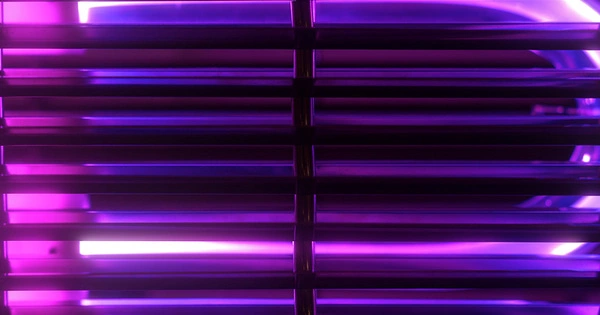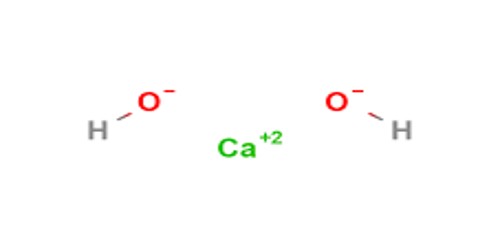UV germicidal irradiation (UVGI) is a disinfection technique that uses UV (UV) light, specifically UV-C (180-280 nm), to kill or inactivate microorganisms. UVGI is a disinfection method that employs ultraviolet (UV) light to kill or inactivate microorganisms such as bacteria, viruses, and fungi. UVGI primarily inactivates microbes by causing genetic damage, limiting their ability to perform essential functions. It is widely used in a variety of settings, including hospitals, laboratories, water treatment plants, and air purification systems.
UVGI is used in a variety of applications, including food, surface, air, and water disinfection. Microorganisms such as bacteria, viruses, fungi, molds, and other pathogens can be rendered inactive by UVGI devices. Recent research has shown that UV-C light can inactivate SARS-CoV-2, the coronavirus strain that causes COVID-19.
UV light is divided into three types based on its wavelength: UVA, UVB, and UVC. Longer wavelengths of UVA and UVB light are less effective for germicidal applications. UVC light, on the other hand, has a shorter wavelength (between 100 and 280 nanometers) and is extremely effective in killing microorganisms.
UVGI can be applied in different ways:
- Air Disinfection: UVGI systems can be installed in HVAC (heating, ventilation, and air conditioning) systems to disinfect the air as it circulates. The UV light kills or inactivates microorganisms present in the air, reducing the risk of airborne transmission of diseases.
- Surface Disinfection: UVGI devices can be used to disinfect surfaces in various settings, including hospitals, laboratories, and food processing facilities. These devices emit UVC light directly onto surfaces to kill or inactivate microorganisms present.
- Water Disinfection: UVGI is also utilized for water treatment. Water can be exposed to UVC light, either through immersion or by passing it through UVC chambers, to eliminate bacteria, viruses, and other microorganisms.
UVC light has germicidal properties due to its ability to disrupt microorganism DNA and RNA. When exposed to UVC light, the genetic material of microorganisms absorbs the energy, causing damage to the DNA or RNA structure. This damage either prevents microorganisms from replicating or renders them incapable of causing infections.
It is important to note that UVGI should be used with caution because direct exposure to UVC light can be harmful to humans, causing skin burns and eye damage. When using UVGI systems, proper safety precautions, such as shielding and controlled exposure, should be taken.
















